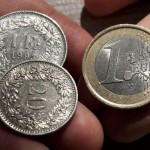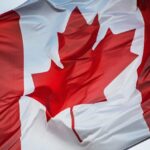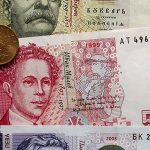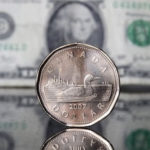 The pound advanced against the US dollar on Wednesday, ahead of the release of BoEs interest rate and Quantitative Easing (QE) decision, due tomorrow.
The pound advanced against the US dollar on Wednesday, ahead of the release of BoEs interest rate and Quantitative Easing (QE) decision, due tomorrow.
GBP/USD touched a session high at 1.6429 at 09:12, gaining 0.17% for the day. On January 2nd the pair touched 1.6604, the strongest since August 2011. Support was likely to be received at January 7th low, 1.6375, while resistance was to be encountered at January 7th high, 1.6438.
Bank of England is scheduled to release its interest rate decision, accompanied by a decision on the size of its financial stimulus, which is expected to remain unchanged at 0.375 trillion pounds.
The pound was pressured after a report by the Halifax Bank of Scotland showed its House Price Index declined by 0.6% in December, defying analysts projections of a 0.6% increase. UK house increased by downwardly revised 0.9% from 1.1%.
UK house prices in the three months to December were 7.5% higher compared to the same period a year ago, short of analysts forecasts for an 8.2% increase.
Meanwhile, the greenback was supported after the US Commerce Department reported on Tuesday that the US trade deficit narrowed to $34.25 billion in November, defying analysts’ projections that the trade deficit will widen to $40.00 billion. In October the US trade deficit was downwardly revised from $40.64 to $39.33 billion.
Data showed that the US imports declined 1.4% to $229.1 billion, while exports rose 0.9% to a record high $194.9 billion.
Investors awaited the release of the Federal Reserve minutes from its last meeting and a report by the ADP research institute on the number of workers added in December in the US private sector.The report may show that the US private sector added 200 000 workers in December, after gaining 215 000 in November.
The recent upbeat data reinforced speculation that Fed might decide to taper its stimulus program further, providing further support to the greenback.
The Federal Reserve Bank said on December 18th that it plans to reduce its monthly bond purchases in January to $75 billion from $85 billion. According to the median estimate of economists surveyed by Bloomberg on December 19th, the Federal Reserve may reduce the purchases in $10 billion increments over the next seven meetings, before ending the program, which tends to devalue the US currency, in December 2014.
“Assuming the economic recovery plays out as we expect, we will likely continue to reduce the pace of those purchases, and eventually eliminate them, over this year,” said yesterday San Francisco Fed President John Williams, cited by Bloomberg.
Elsewhere, AUD/USD touched a daily low at 0.8902 during the early phase of Asian trade, after which consolidation followed at 0.8922, dipping 0.05% for the day. Support was likely to be received at January 7th low, 0.8894, while resistance was to be met at January 7th high, 0.8968. The Aussie has depreciated 14% against the US dollar in 2013, or the largest decline after the Japanese yen among the group of ten developed-nation currencies.





